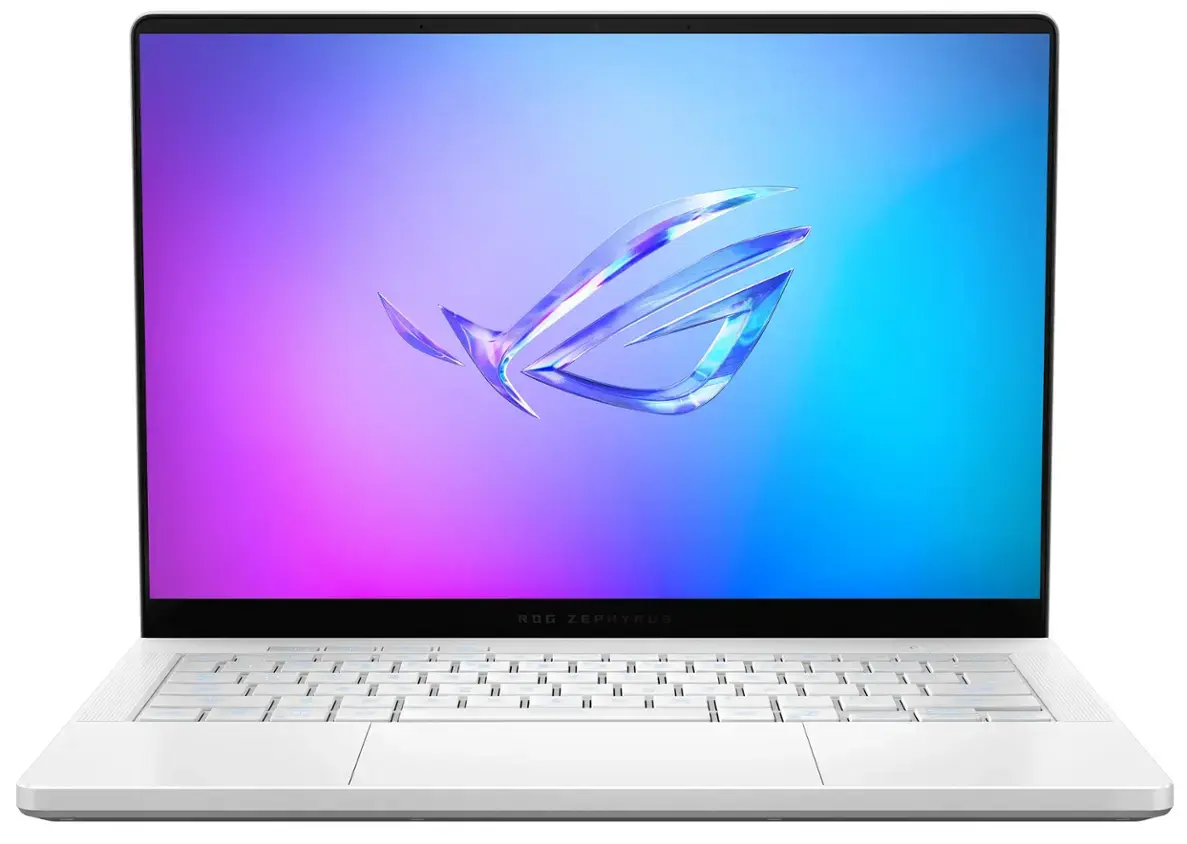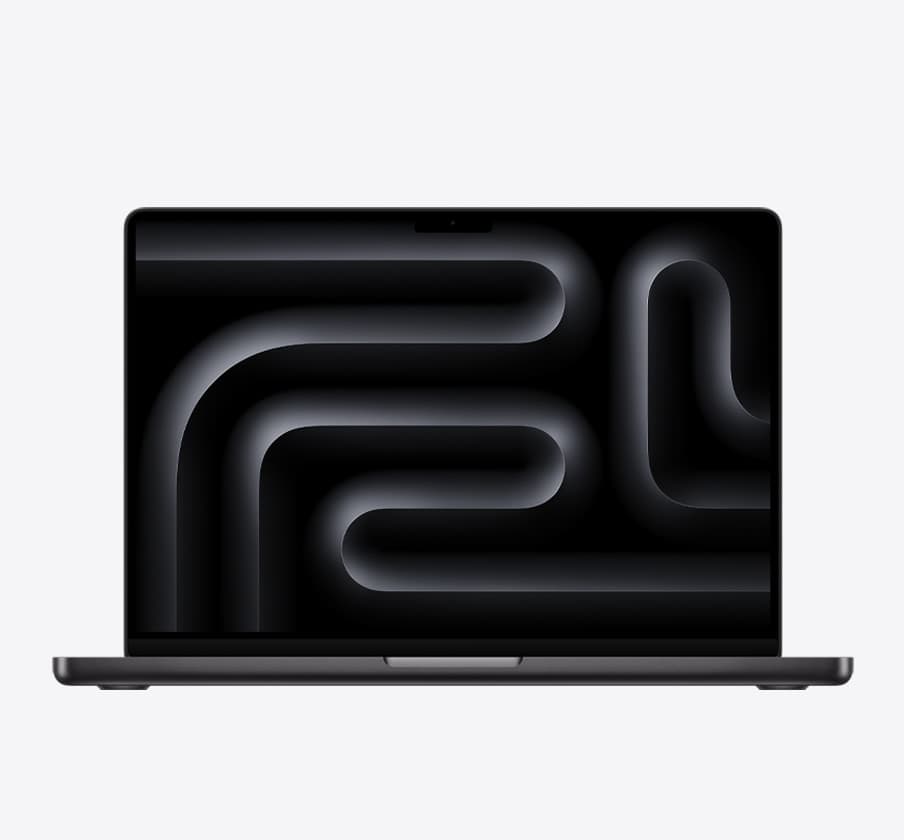2025 Razer Blade 14 Review: A Great Laptop With Familiar Flaws
November 14, 2025
|
Razer Blade 14
Summary
This year’s model brings meaningful upgrades, a premium build, and one of the better screens in its class, but also carries over several Razer flaws.
Table of contents:
Laptops in this Article
14 Inches | 1 TB | 32 GB | Ryzen AI 9 365 | RTX 5070
Best Price Ever
Good Deal
14 Inches | 1 TB | 32 GB | Ryzen AI 9 HX 370 | RTX 5070 Ti
Good Deal
14 Inches | 1 TB | 24 GB | M4 Pro 14-Core | M4 Pro 20-Core GPU
Best Price Ever
Great Deal
14 Inches | 1 TB | 32 GB | Ryzen AI 9 365 | RTX 5070
Pros
- Looks Stylish and Feels Premium
- Full Power RTX 5070 or 5060 GPU
- Competitively priced when on sale
- Excellent OLED display
- Good selection of fast ports
Cons
- Woeful battery life
- Speakers lack volume
- Trackpad has palm rejection issues
- Keyboard keys are a little small
- Keyboard keys are a little small
- Keyboard keys are a little small
- RTX 5070 only has 8GB VRAM
The Razer Blade 14 and I have a complicated history. I’ve owned more of them than I care to admit, and yet here I am again—using one as my daily driver and enjoying it more than expected. If you’re thinking about buying one, here’s the full picture.
GPU Performance: Strong Power, Limited by 8GB VRAM
The standout feature of this Blade 14 is its full-wattage RTX 5070, which averages around 105W in games—rare for a 14-inch machine. In synthetic tests the GPU performs extremely well, trailing only the Zephyrus G14 with its higher-tier 5070 Ti.
But the catch is significant: 8GB of VRAM simply isn’t enough for newer, demanding titles, especially at the Blade’s native 2880×1800 resolution. In games like Monster Hunter Wilds, performance collapses when set to Ultra. Dropping to High removes most of the VRAM bottleneck, and lighter titles run well even at Ultra, but expect to use Medium–High settings for smooth gameplay in upcoming AAA releases.
14 Inches | 1 TB | 32 GB | Ryzen AI 9 HX 370 | RTX 5070 Ti
Pros
- Extremely well built
- Very light and portable for a gaming laptop
- Offers excellent performance for its size
- Speakers sound great
Cons
- GPU is fed low wattage during gaming and underperforms
- Screen should be brighter in 2025
- Always feels warm, even in light use

Best Price Ever
Heat & Noise: Expected for the Size
Like most compact performance laptops, the Blade 14 runs hot and loud under load. Balanced mode noticeably quiets the fans but also cuts GPU and CPU power, reducing frame rates. Compared directly to the G14, the Blade feels cooler to the touch, though the G14 can run quieter only if you avoid its extremely loud max-fan profile.
Creative Work: Capable, but Not Class-Leading
For creators, the Blade 14 is serviceable but not standout. In Premiere Pro exports it trails the G14, largely because the 5070 has a single media encoder while the 5070 Ti has two. In Blender, the G14 again takes a clear lead. Basic YouTube editing is perfectly fine on the Blade, but if you rely heavily on Adobe tools or 3D work, alternatives like the G14 or MacBook Pro offer better performance and efficiency.
14 Inches | 1 TB | 24 GB | M4 Pro 14-Core | M4 Pro 20-Core GPU
Pros
- Lots of Memory as Standard
- Good Webcam
- Excellent Speakers
- Minimal Fan Noise (If Any)
- Fantastic Display - High Resolution, Fast Refresh Rate, Bright
- Excellent Keyboard and Trackpad
- Extremely Power Efficient
- Long Battery Life
- Extremely Powerful
Cons
- No Wi-Fi 7
- Expensive
CPU Performance: Behind the Competition
The Ryzen 9 365 inside the Blade is competent but lags behind AMD’s better Ryzen AI 9 HX 370, Intel’s Ultra 9 285H, and Apple’s M-series chips. In both Cinebench and Geekbench, Apple and Intel stretch their lead further. Under sustained CPU-only workloads, thermals and fan noise remain reasonable, but performance is decidedly mid-pack.
For light tasks, however, the Blade shines. It stays cool, quiet, and responsive—noticeably more comfortable than the G14 and even the Blade 16 in day-to-day use.
Battery Life: The Weakest Link
Razer’s long-running issue returns: battery life is very poor. Among 14-inch performance laptops, this year’s Blade is the worst performer, often lasting only a couple of hours. And performance drops substantially when unplugged, so mobility is limited.
If you need genuine all-day portability, alternatives like the TUF A14 or HP Omen Transcend 14 are dramatically better.
14 Inches | 1 TB | 16 GB | Ryzen AI 7 350 | RTX 5060
Pros
- Exceptional battery life
- Very lightweight
- Feels comfortably cool under load
- Extra 10 Watts GPU power in 2025 version
Cons
- CPU downgraded from Ryzen 9 to Ryzen 7
- Plastic build
- Speakers aren’t great
- More expensive this year

14 Inches | 1 TB | 16 GB | Core Ultra 7 255H | RTX 5060
Pros
- Premium feeling laptop
- Runs cooler and quieter than most 14inch gaming laptops
- Excellent keyboard
- Charges with just USB-C power
- Good OLED display
- Fantastic battery life
Cons
- GPU underperforms (its fed less wattage)
- Gets a little warm to the touch in extended performance use
- Trackpad feels a little cheap for a laptop this premium
On Sale
Chassis & Design: Premium Feel, Practical Concerns
Razer continues to excel at build quality and design. The 2024 Blade 14 is slimmer than last year’s model, still feels sturdy, and maintains a clean aesthetic with minimal light bleed. It’s slightly larger than the G14 and about the same volume as a MacBook Pro 14.
The black finish does pick up fingerprints, and although the chassis feels durable, chips in the coating reveal the silver underneath. Weight is reasonable for a gaming laptop and still firmly portable.
Display: Excellent OLED With a Few Wishes
The 14-inch OLED panel is one of the Blade’s best features. It offers:
- crisp 2880×1800 resolution
- 120Hz refresh rate
- strong color accuracy
- good brightness
- G-Sync and Advanced Optimus support
The only real wish is for a slightly larger 14.5-inch screen and smaller bottom bezel, which would enhance immersion without greatly increasing footprint.
Keyboard & Trackpad
The Blade 14’s keyboard is improved over previous generations—quieter, with better travel—but still not as comfortable as the Blade 16’s. Keys are smaller and spaced wider apart, and arrow keys remain cramped.
The trackpad works, but palm rejection remains poor, causing cursor jumps during typing. For real work, you’ll want an external mouse.
Ports & Connectivity
Port selection is excellent:
- 2× USB-4 (both support charging)
- HDMI 2.1 (direct to dGPU)
- 2× USB-A
- fast microSD card reader
- Wi-Fi 7
- headphone jack
Charging on both sides of the laptop is especially convenient.
Everyday Issues: Typical Razer Quirks
The Blade 14 has fewer issues than the Blade 16, but several persistent problems remain:
- unreliable sleep behavior—often waking in a bag and overheating
- sluggish performance on battery
- trackpad palm rejection problems
- historically poor customer support
If you buy a Razer laptop, it’s wise to have a backup machine.
Alternatives to Consider
If you’re not committed to the Blade’s aesthetics and form factor, there are stronger value picks:
- ASUS Zephyrus G14 – More performance, better GPUs, but hotter to the touch.
- ASUS TUF A14 – Best battery life and comfort for gaming.
- HP Omen Transcend 14 – Premium design with long battery life.
- MacBook Pro 14 – Ideal if you don’t game.
Final Thoughts
Despite its flaws, I genuinely enjoy using the Blade 14. It looks great, feels premium, stays cool and quiet in light tasks, offers a stunning display, and remains highly portable. Frequent sales—like the $900 discount at Best Buy—make it more compelling than usual.
But the long-standing Razer caveats still apply. Poor battery life, inconsistent sleep, limited VRAM, and questionable support mean this laptop is best for buyers who prioritize design and feel over pure value or reliability.
If you know what you’re getting into—and you love the Blade aesthetic—you might end up liking it as much as I do.




